News
Ararira wetland serves as an outdoor classroom
Posted 16 01 2020
in News
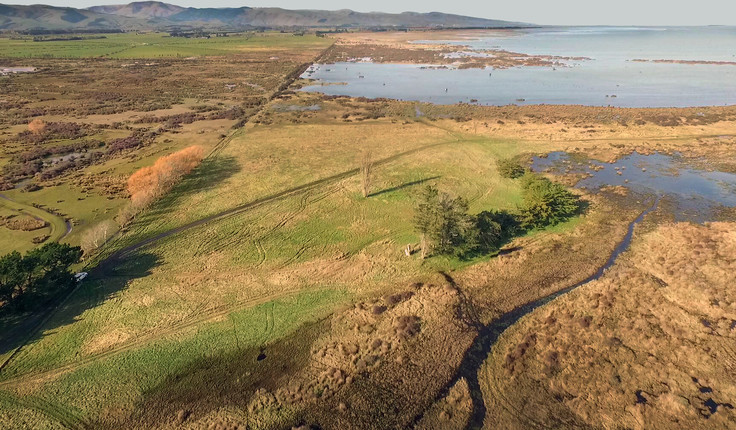
Community Restoration Project
Planting native trees is one of the most popular conservation activities in Aotearoa New Zealand. Everywhere we are seeking to bring back our forests.
The Ararira Wetland Community Restoration Project, near the South Island town of Lincoln in the Selwyn district, focuses on the ways the act of planting can create lasting connections between people and place.
At Te Waihora/Lake Ellesmere we have sought to celebrate the people whose efforts restore a wetland on public conservation lands. The design’s patterned form speaks of inaka (whitebait), tuna (long-finned eel) and a lazy wetland river, responding to the unique sense of place.
It provides a place for outdoor classroom for local schools, and future opportunities for mahinga kai practices. In this design and its implementation, a forest of plants and a forest of people are both celebrated.
The Department of Conservation (DOC) and Fonterra have a common interest in protecting New Zealand’s waterways. In 2013 this common interest was recognised with a 10 year partnership called Living Water. The agreement is focused on improving biodiversity and water quality at five significant catchments in New Zealand where intensive dairying exists.
The Ararira/LII sub-catchment of Te Waihora/Lake Ellesmere is one of those catchments. Te Waihora and its contributing catchments have outstanding significance for Ngāi Tahu as a tribal taonga. The Te Waihora Joint Management Plan, signed by Te Rūnanga o Ngāi Tahu and DOC, provides for the integrated management of the lake and conservation land margins.
Yarrs Flat Reserve is a large wetland at the mouth of the Ararira River on the northern margin of Te Waihora. The 286 ha reserve is in a largely natural state but public access and use is limited. Some of the reserve was previously grazed and enhancement planting is appropriate while weed control (primarily willows) is required in other parts of the reserve.
DesignLab’s work centres on giving the local population a connection to their catchment through waterways. The first step in this has been a renaming process in which the river’s name is changed from ‘LII’ to ‘Ararira’ in the literature communicating the project. Supporting this, the site is referred to as ‘Ararira Wetland’ rather than ‘Yarrs Flat’.
The project presented opportunities to both remediate the site and also focus on generating social value. It asks how can conservation land at the periphery of the Selwyn dairy farms landscapes strengthen social acceptance, and valuing of conservation values?
The focus of the design is on providing opportunities for the local population to connect with their environment through their waterways. The spatial plan for the site works to support the social and place-based goal of the proposal.
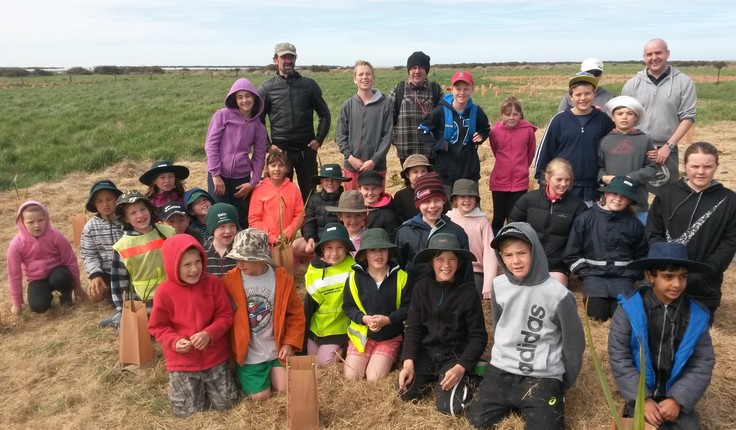
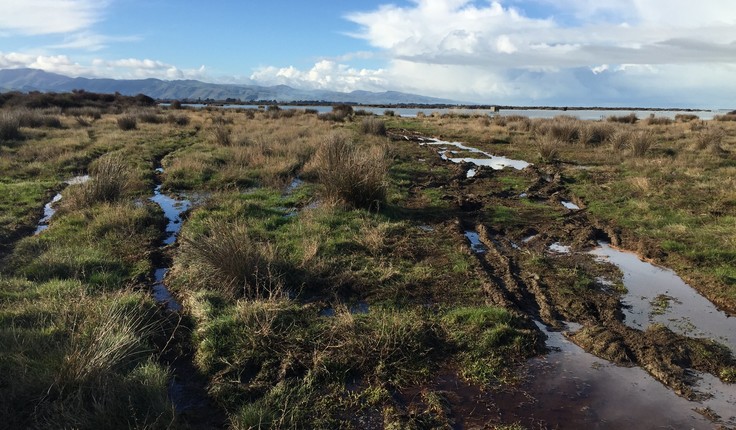
Within this, the design focuses around two key objectives:
- Affirming Ararira Wetland as a social and active place with strong conservation values
- Clear interpretation and a sense of arrival between Lincoln and Ararira Wetland including relocating car park to centre of reserve site nestled within planting with space for 15 vehicles. The use of a large overt patterned planting on public conservation lands is a first for this country.
It is designed to support four core values:
- A distinctive pattern that can be interpreted as inaka, tuna and a lazy wetland river, and that grows a sense of place
- Spatial arrangement that gives an intimate for outdoor classrooms for the community
- Directs vehicular access across the fragile conservation lands
- Establishes the conditions for natural regeneration processes to develop the wider
site into a restored wetland area
There have been a series of successful planting days at Ararira Wetland, including the first held in September 2015 and co-ordinated by Te Ara Kākāriki, and another with Lincoln Primary School. The project aims to foster connections with local people ( families, groups and as individuals) by facilitating ongoing planting days and learning activities that support the long-term restoration of the wetland.
Plants were eco-sourced and grown at the local DOC Motukarara Nursery, and selected to complement the existing coastal salt marsh community, to provide for improved water quality, and also opportunities for future learning and mahinga kai values.
Lincoln Primary School has adopted the reserve as an ongoing outdoor classroom and return regularly to add to the native plantings. Smaller groups also visit throughout the year to check on the growth of the plants and to monitor biodiversity – they post information about what they find on the iNaturalist online platform.
The Ararira Wetland Community Restoration Project has activated the site, and locals’ connection to this special place. The local community surrounding Lincoln township has been the key driver in making this happen.
Each planting day and event brings more people together to restore this once degraded wetland into a communal space of socialising, learning, and discovery.
*Mick Abbott is co-leader of Landscope Designlab, which is attached to Lincoln University. You can read more about their work here: www.designlab.ac.nz
Share
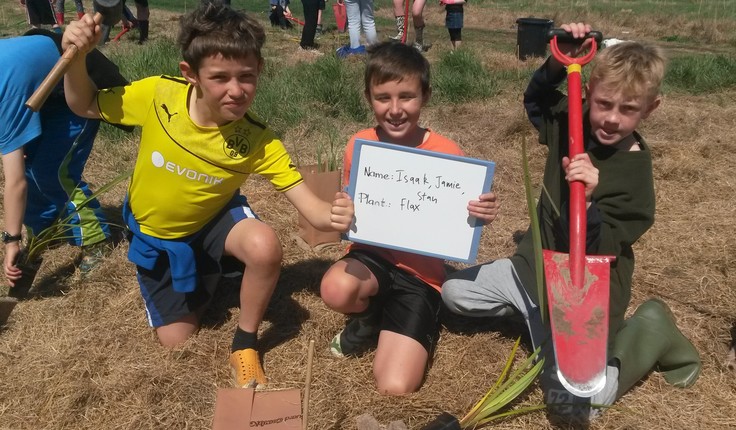
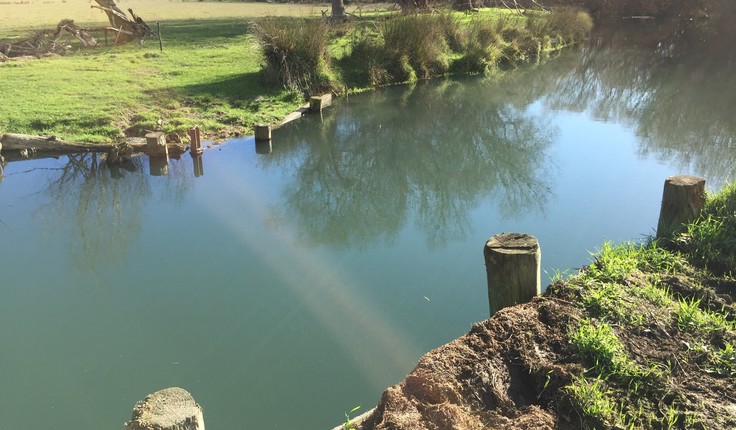
14 Apr
NZILA Board nominations close tonight

Read the insights from current Board members
What does the current Board have to say about this opportunity? REMINDER: Board Nominations close tonight, 14 April, 11.59pm We …
08 Apr
Update from Environmental Legislation Working Group
RMA Reforms and NZILA Wānanga
Our understanding of Spatial Planning and in creating well-functioning environments is more deeply considered than simply green fluff - the …
02 Apr
Follow up from the virtual IFLA World Council (22 and 23 March)

Did you attend the virtual IFLA World Council held last weekend? Presentations and ReportsThese can be found here. RecordingFor those …
Events calendar
Full 2025 calendar